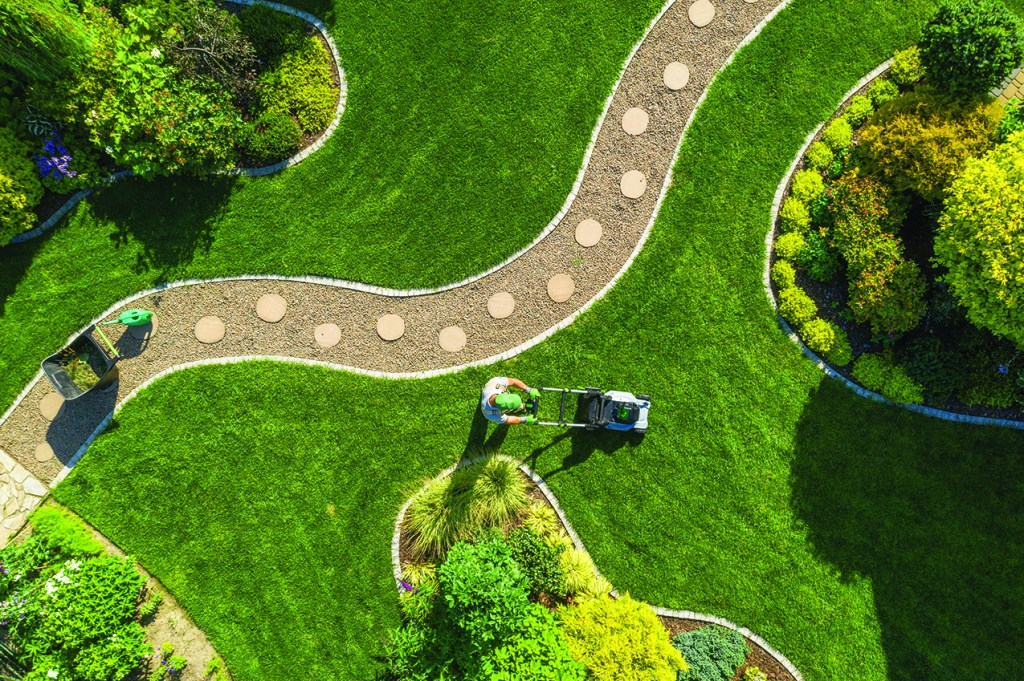Ask the Expert: Helping Trees After the Hurricane

Hurricane Irene is a memory, but tree damage from the storm is still evident across Long Island and the East End. There have been many questions about how to deal with everything from uprooted trees to what to do about browning foliage, so we turned to Fox Tree Service president Bart L. Fusco—a Certified Arborist and Registered Consulting Arborist—for the answers.
The Question: After Hurricane Irene, my trees are turning brown. Will they be OK?
The Answer from Bart L. Fusco and Fox Tree Service: Unlike past hurricanes, Irene had prolonged and active wind surges. This wind was laden with salt picked up from the ocean, which penetrated the bud and leaf tissue on the south sides of large heavily foliated trees and other similar plant material.


Lightly branched and lightly foliated trees such as Birch trees (below) were completely defoliated by the wind and salt injury.

Throughout many parts of Long Island, another result of the storm was that soil became saturated with salt water, creating the possibility of future root damage.
Buds and leaves already damaged will cause stress to the plant material, but the extent of injury will not be fully realized until the trees and other plant material start to develop in the spring of 2012.
Some stress can be alleviated and reduced by irrigating the root zones regularly throughout the fall. This will help flush the salt from the soil around the root zones.
Conventional fertilizers can contain other types of salts, and although fertilizing can be beneficial it can also add to the salt levels deposited by Irene. I recommend using organic materials and/or Mycorrhizae fungi this fall to help improve the roots’ bio systems. The larger the storage and uptake ability of the root system, the better the plants will be able to fight stress next spring.
Many of the trees and other plant material I have inspected, although filled with brown leaves, have a healthy bud system. If these buds do not decline, they should develop into healthy leaves in 2012.
The Question: Why did my tree fall? There was no rot and it was healthy.
The Answer from Bart L. Fusco and Fox Tree Service: Trees with cavities, whether caused by rot or by insects, are easy to diagnose after the tree fails. The tree most often breaks at the site of the rotted or hollow area.
It is the failure of supposedly healthy trees that are harder to predict beforehand. When trees or other woody plants are planted, the wire baskets and treated burlap should be removed. When they are not, anchor roots cannot penetrate the burlap and although the feeder roots may develop successfully and the tree may survive, the root system cannot anchor the tree.

Another common problem is that of girdling root. Although rarely found in trees that grow wild, it is endemic to transplanted trees. Trees are often planted with excess soil over the root flair, usually because the tree is planted too deep. Even a few inches of excessive soil will cause girdling roots to start. The tree will send feeder roots up into the new topsoil layer, and these will stay inside the newly excavated hole, often “girdling” or growing into a circular pattern.
After a few years, these roots grow larger and start to constrict the growth of the tree’s trunk. This has two effects: one is to cause a weak point and the second is to cut off the flow of moisture and nutrients to the tree, creating stress and eventual death.

Correct planting procedures will eliminate these problems.
Have questions about caring for your trees this fall? You can contact Fox Tree Service in Suffolk at 631-283-6700, and in Nassau at 516-921-7111, or email them at info@FoxTreeService.com. And don’t forget to send all your House & Home questions to expert@danshamptons.com.



